When you think of flavorful spices, the letter “F” might not be the first that comes to mind—but it should be. From the sweet licorice aroma of fennel seeds to the bold punch of fiery chili powders and the elegance of French four-spice, the world of “F” spices is full of depth, culture, and surprising variety. These ingredients aren’t just flavorful—they’re rooted in rich culinary traditions from across the globe, spanning Indian curries, Chinese stir-fries, Mediterranean blends, and more.
In this guide, you’ll discover a collection of spices and blends that all start with the letter “F”—some familiar, others delightfully obscure. Each one is explored with its origin, flavor profile, common uses, and health benefits, so you can bring new life to your cooking with every sprinkle and spoonful. Whether you’re a home cook or a curious foodie, these “F” spices are far from forgettable.
1. Fennel Seeds
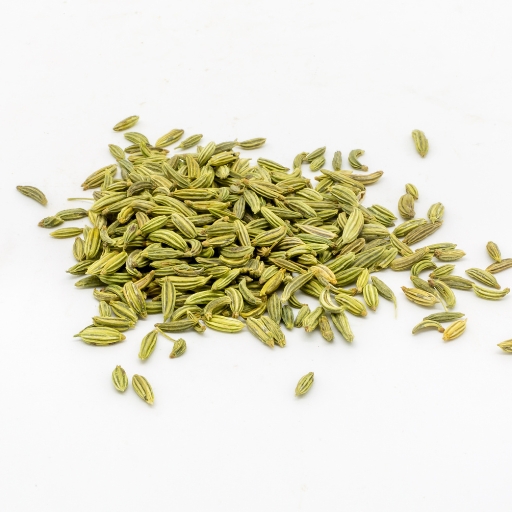
Origin: Mediterranean and South Asia
Appearance: Pale green, ridged seeds
Taste & Aroma: Sweet, slightly licorice-like with a herbal aroma
Uses: Used in Indian spice blends, Italian sausages, and herbal teas
Health Benefits: Aids digestion and freshens breath
Fun Fact: Often chewed after meals in India as a natural mouth freshener.
2. Fenugreek Seeds
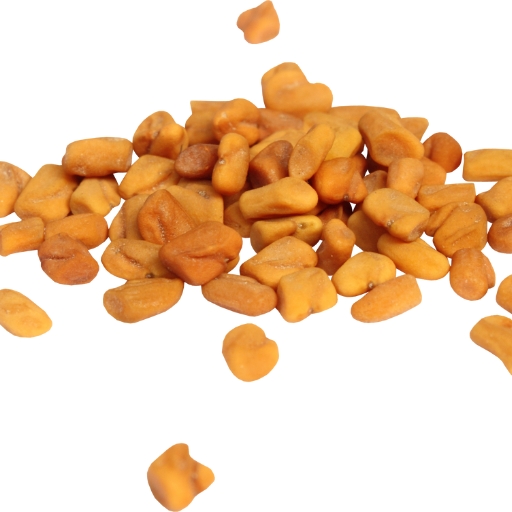
Origin: Western Asia and the Mediterranean
Appearance: Small, yellowish hard seeds
Taste & Aroma: Bitter, nutty, with a maple-syrup scent when roasted
Uses: Key ingredient in Indian curries and Ethiopian berbere
Health Benefits: Helps manage blood sugar and promotes lactation
Fun Fact: One of the oldest recorded medicinal plants in human history.
3. Fenugreek Leaves (Kasuri Methi)
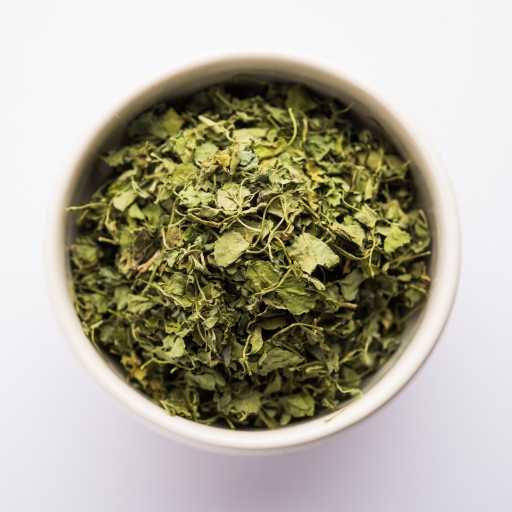
Origin: India
Appearance: Crumbled dried green leaves
Taste & Aroma: Slightly bitter with a rich, nutty aroma
Uses: Used in butter chicken, aloo methi, and lentil dishes
Health Benefits: Supports metabolism and digestion
Fun Fact: Even a small amount can give dishes a “restaurant-style” flavor.
4. Five-Spice Powder (Chinese)
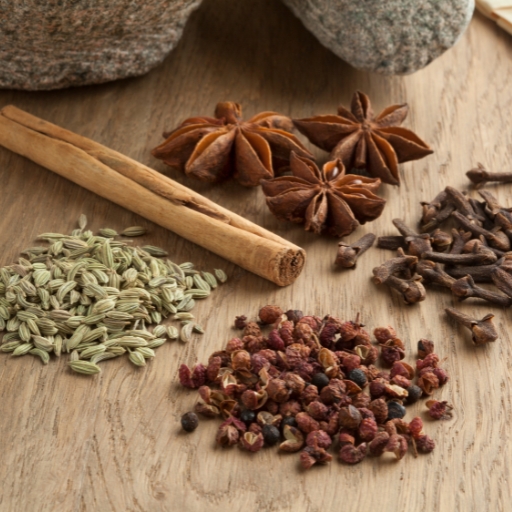
Origin: China
Appearance: Fine brownish spice powder
Taste & Aroma: Warm, sweet, and spicy (usually star anise, cloves, cinnamon, Sichuan pepper, fennel)
Uses: Used in Chinese pork, duck, and stir-fry dishes
Health Benefits: Stimulates appetite and supports circulation
Fun Fact: Inspired by the five elements in Chinese philosophy.
5. Fajita Seasoning
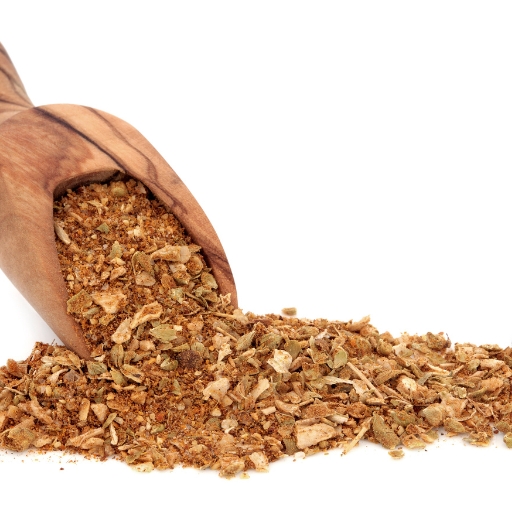
Origin: Tex-Mex cuisine (U.S. and Mexico)
Appearance: Reddish blend with herbs and spices
Taste & Aroma: Smoky, slightly spicy with garlic and cumin
Uses: Used on grilled meat, veggies, and fajita fillings
Health Benefits: Adds bold flavor without the need for heavy sauces
Fun Fact: Can be easily made at home with chili powder, cumin, and oregano.
6. French Four-Spice (Quatre Épices)

Origin: France
Appearance: Light brown powder
Taste & Aroma: Warm, peppery with hints of clove and nutmeg
Uses: Blended into pâtés, stews, and meat rubs
Health Benefits: Contains warming spices that may aid digestion
Fun Fact: Typically includes white pepper, nutmeg, ginger, and cloves.
7. Fish Masala
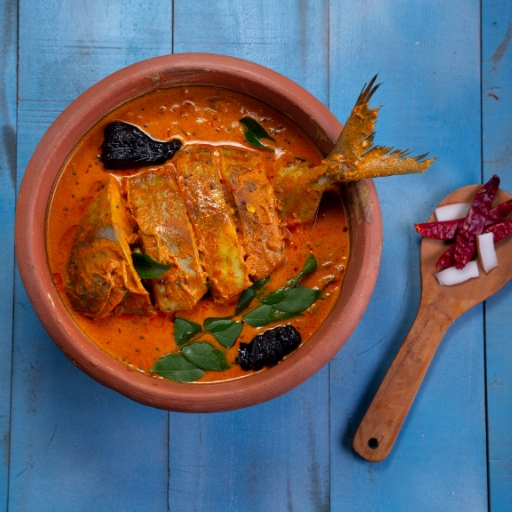
Origin: Indian subcontinent
Appearance: Orange-red spice blend
Taste & Aroma: Tangy, spicy, and aromatic with coriander, turmeric, and chili
Uses: Used in fish curries, fried fish, and seafood stews
Health Benefits: Spices help balance digestion after rich seafood
Fun Fact: Varies by region—Goan fish masala differs from Bengali styles.
8. Fried Shallot Powder
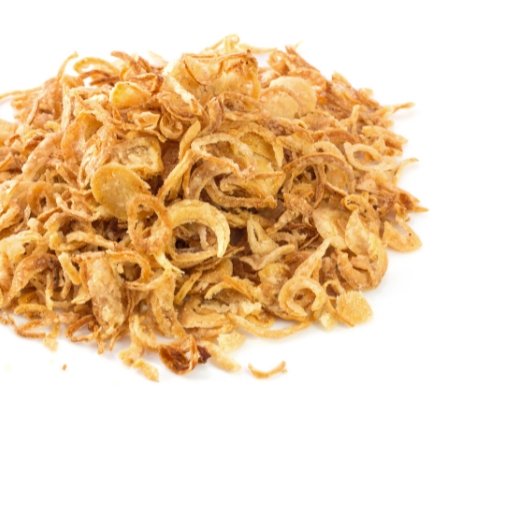
Origin: Southeast Asia
Appearance: Fine golden-brown powder
Taste & Aroma: Sweet, caramelized, with mild oniony notes
Uses: Used in Indonesian sambal, noodle dishes, and spice mixes
Health Benefits: Enhances flavor while keeping prep easy
Fun Fact: Popular in instant noodle packets across Asia.
9. Flat-leaf Parsley Flakes (Dried)
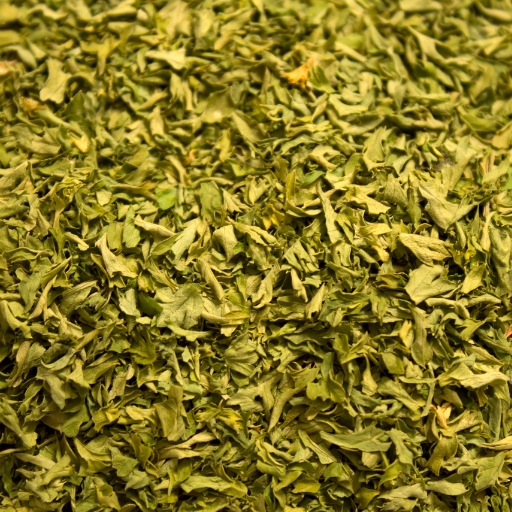
Origin: Mediterranean
Appearance: Crushed dried green leaves
Taste & Aroma: Fresh, grassy, and slightly peppery
Uses: Sprinkled on pasta, meats, soups, and sauces
Health Benefits: Contains antioxidants and supports digestion
Fun Fact: Flat-leaf parsley has more flavor than curly parsley.
10. Fiery Chili Powder
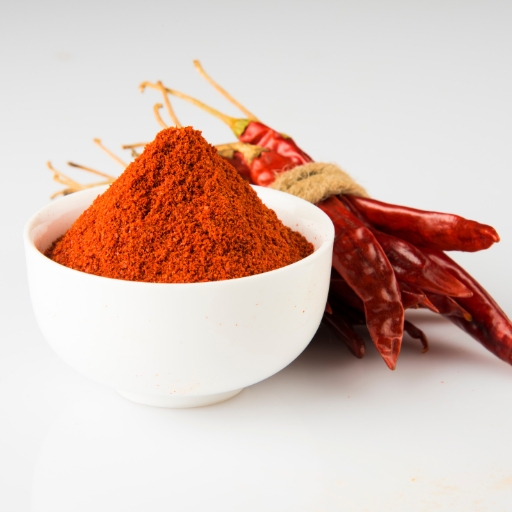
Origin: Global (varies by chili variety)
Appearance: Deep red powder
Taste & Aroma: Intense heat with smoky or fruity undertones
Uses: Used in spice rubs, hot sauces, and chili con carne
Health Benefits: Contains capsaicin which can boost metabolism
Fun Fact: One of the most used spices in both Mexican and Indian cuisine.
11. Fennel Pollen
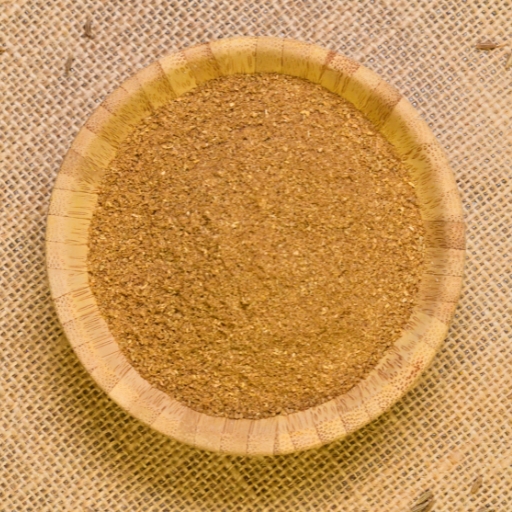
Origin: Mediterranean
Appearance: Light yellow fine powder
Taste & Aroma: Intensely sweet and aromatic, like anise
Uses: Used in pork dishes, pasta, and salad dressings
Health Benefits: Aids digestion and may have anti-inflammatory effects
Fun Fact: Called “spice of the angels” due to its delicate and prized flavor.
12. Florida Citrus Seasoning
Origin: U.S. (Florida)
Appearance: Light blend with dried citrus peel and herbs
Taste & Aroma: Bright, zesty, and lightly salty
Uses: Excellent on seafood, chicken, and grilled vegetables
Health Benefits: Provides vitamin C and a low-sodium flavor boost
Fun Fact: Some blends include key lime zest for regional flair.
13. Filé Powder
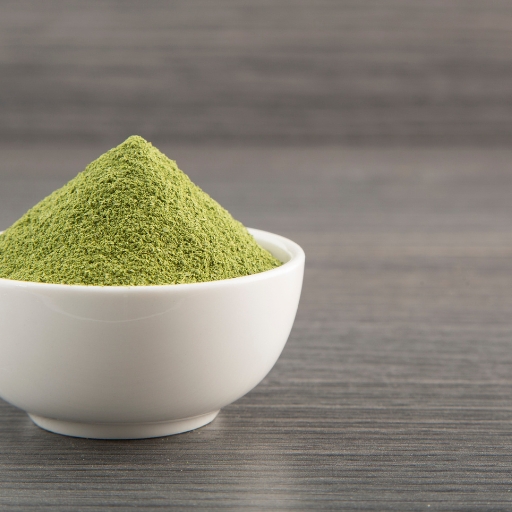
Origin: Native American/Creole cuisine
Appearance: Green powder from ground sassafras leaves
Taste & Aroma: Earthy, slightly lemony and root-beer like
Uses: Thickens and flavors gumbo and other Louisiana dishes
Health Benefits: Traditionally used for soothing stomachs
Fun Fact: Added after cooking, as boiling turns it stringy.
14. Fritter Spice Mix
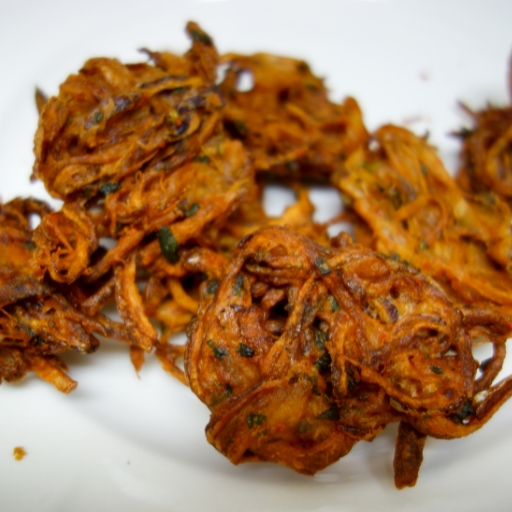
Origin: Caribbean and West Africa
Appearance: Coarse blend with herbs, chili, and garlic
Taste & Aroma: Savory, mildly spicy, and herby
Uses: Mixed into savory fritter batters or used as a dry rub
Health Benefits: Often includes garlic and turmeric for immune support
Fun Fact: Common in recipes for akara (African bean fritters) and Caribbean saltfish fritters.
15. Fermented Black Garlic Powder
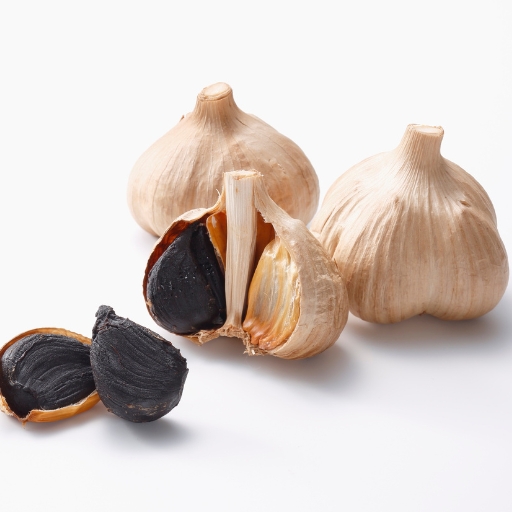
Origin: Korea and Japan
Appearance: Deep brown, fine powder
Taste & Aroma: Sweet, umami, molasses-like
Uses: Used in spice rubs, ramen seasoning, and sauces
Health Benefits: Rich in antioxidants, more so than fresh garlic
Fun Fact: Made by aging garlic in a humid, warm environment for weeks.
16. Flavored Salt (e.g., Fennel Salt, Fajita Salt)
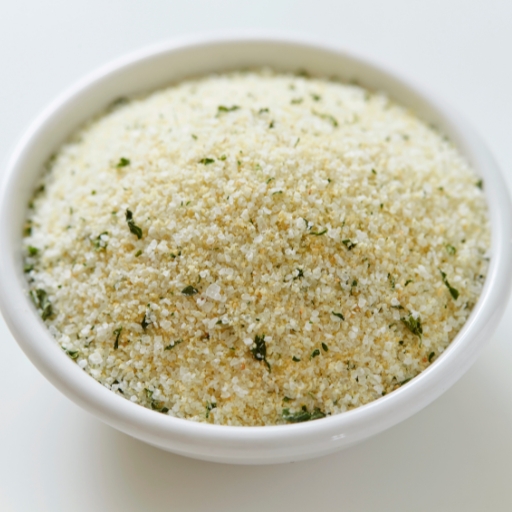
Origin: Global
Appearance: Coarse or fine salt mixed with herbs/spices
Taste & Aroma: Depends on blend—herbal, spicy, or citrusy
Uses: Used in finishing dishes, rubs, and rim salts for cocktails
Health Benefits: Enhances flavor with smaller sodium usage
Fun Fact: Fennel salt pairs perfectly with roast pork or grilled fish.
17. Fried Garlic Granules
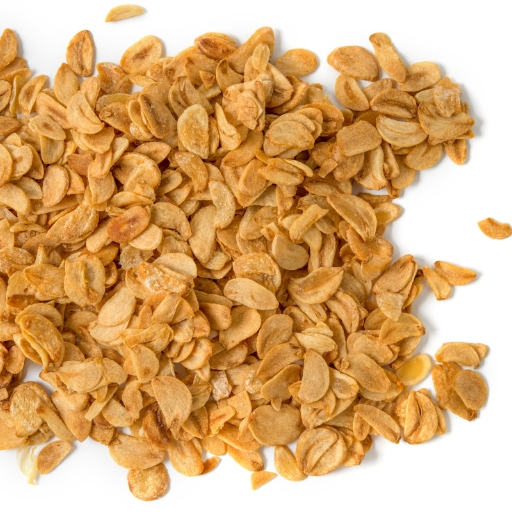
Origin: Southeast Asia
Appearance: Golden, crunchy bits or ground granules
Taste & Aroma: Savory, toasty, and rich
Uses: Used on noodles, rice bowls, and in spice toppings
Health Benefits: Adds depth without raw garlic’s pungency
Fun Fact: A staple garnish in Filipino and Thai cuisine.
18. Fragrant Curry Powder
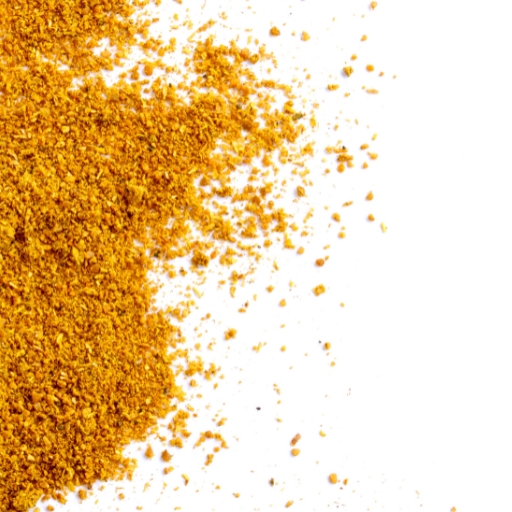
Origin: Southeast Asia
Appearance: Light yellow to golden powder
Taste & Aroma: Milder and aromatic compared to Indian curry powder
Uses: Ideal for coconut curries, tofu, and light soups
Health Benefits: Includes turmeric, which is anti-inflammatory
Fun Fact: Often includes lemongrass and galangal for extra brightness.
19. Flame Pepper Powder
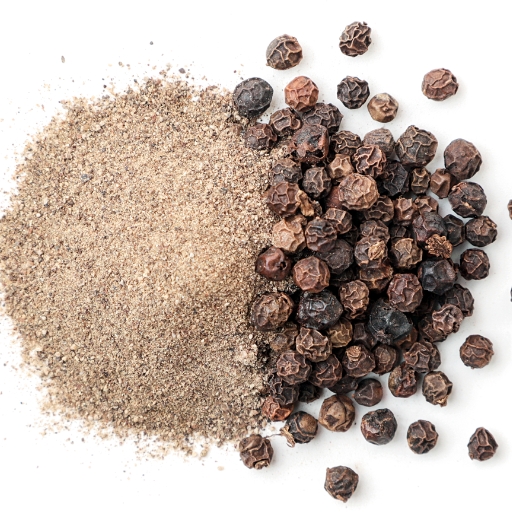
Origin: Regional, especially South America and India
Appearance: Bright to dark red fine powder
Taste & Aroma: Extremely hot, smoky, and bold
Uses: Used in extra-spicy sauces and rubs
Health Benefits: Can stimulate metabolism and open sinuses
Fun Fact: Some blends use dried ghost peppers for added fire.
20. Feast Spice Blend
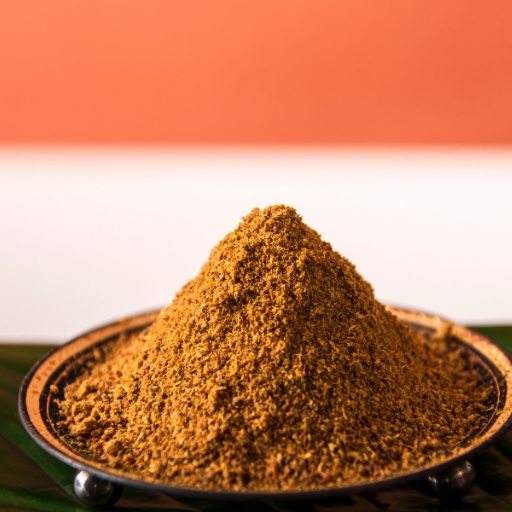
Origin: Turkey and Eastern Mediterranean
Appearance: Coarse mix with sumac, cumin, pepper, and herbs
Taste & Aroma: Tangy, savory, and earthy
Uses: Rubbed on kebabs, grilled meats, or mixed into rice
Health Benefits: Sumac is rich in antioxidants and anti-inflammatory
Fun Fact: Often served with grilled lamb or over warm flatbreads.
End Note
Spices starting with “F” are a diverse collection. Each one adds more than just taste—it adds heritage, comfort, and creativity to your meals. If you have enjoyed this article -Read our next article- Spices Start with the Letter G

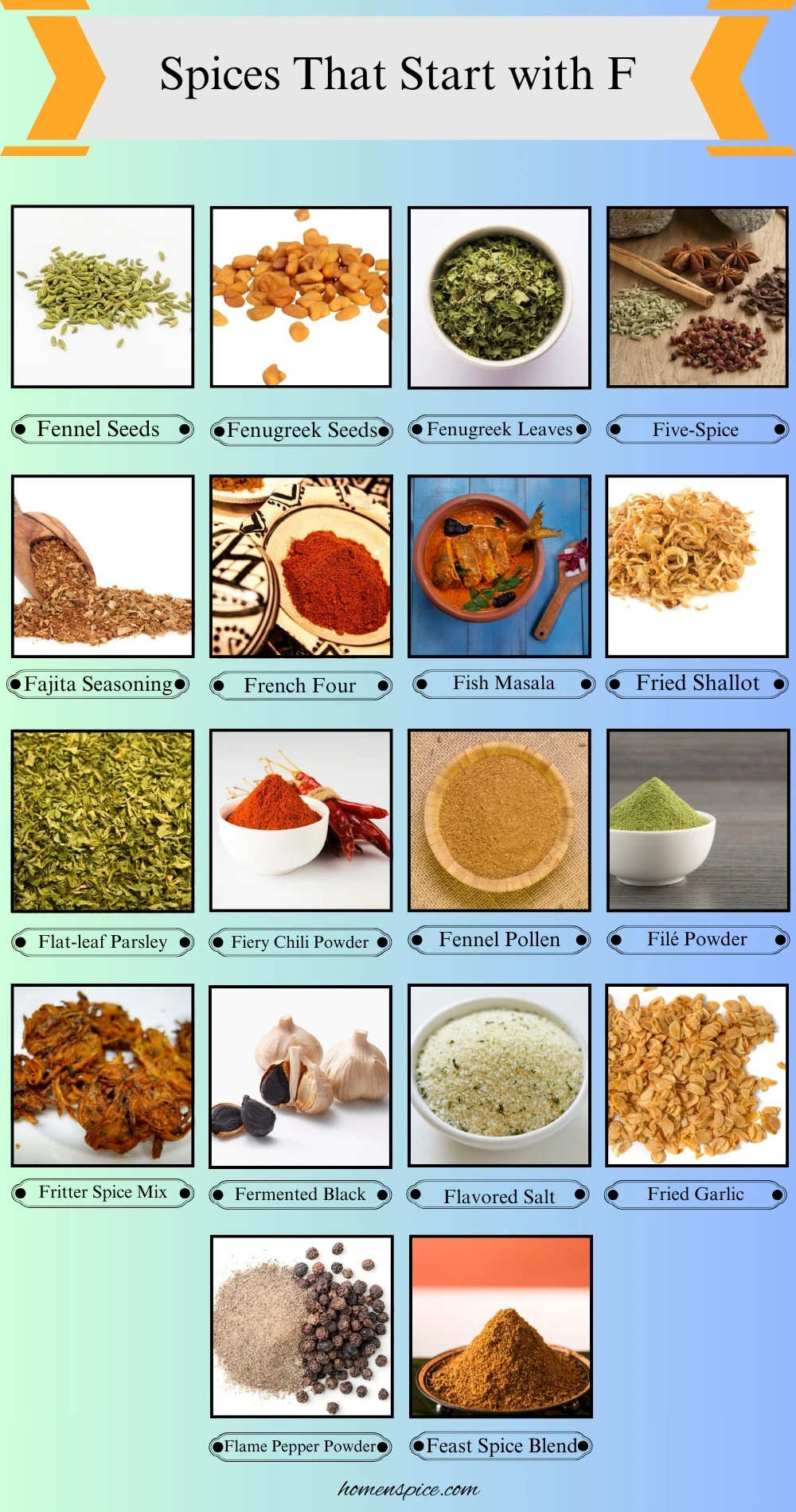





Leave a Reply